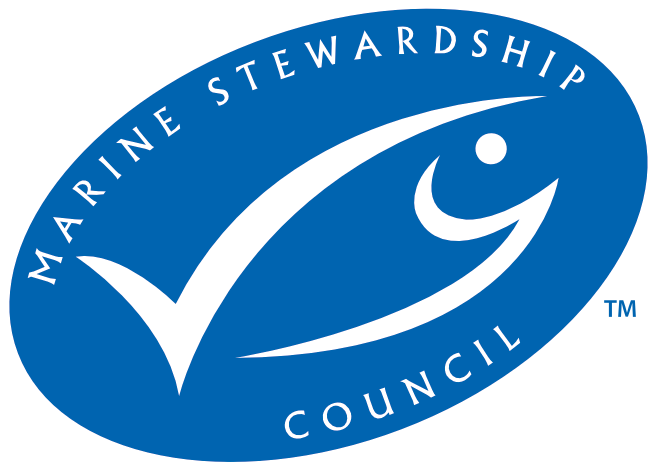
- Certifier :
- LRQA (Seafood) Limited
- Certified status :
- Certified
- Certified since :
- 20 Nov 2012
- Certificate expires :
- 29 Jul 2028
Overview
Fisheries are composed of one or more parts, each of which is entitled to receive an MSC certificate. These parts or “units” are defined by their target stock(s), fishing gear type(s) and if relevant vessel type(s), and the fishing fleets or groups of vessels.
When the term “Unit of Certification” is used for fishing units that are in assessment, it refers to the “Unit of Assessment” or “Unit of potential certification”. Expand a status below to view the parts that form this fishery. To check the detailed scope, download the latest certificate or open the Assessments page to get the latest report. Find out more by visiting our page on Fisheries
Engage with a Fishery Assessment
The following documents are open for stakeholder comment.
| Documents | Closes on | Files |
|---|---|---|
| Surveillance audit announcement | 06 Jul 2025 | 1 files |
As a stakeholder you are an essential source of information needed to conduct a meaningful assessment. To engage with a fishery assessment please register at the start of the process.
Catch by Species
| Species | Reported Catch Year | Metric Tonnes |
|---|---|---|
| Atlantic razor clam (Ensis leei) | 2023 | 5,415 |
Information is provided by an independent Conformity Assessment Body as live weight (the weight of species at the time of catch, before processing) and where a fishing season covers multiple years, the end year is given as the reported catch year. Additional information is available in the latest report, see the assessments page.
Eligibility, client groups and vessel lists
A fishery may choose to define the members of the fishery certificate. These members can be vessels or other client group members (e.g. companies that own vessels and/or companies that are named as eligible to handle certified product covered within the fishery certificate scope). Please refer to the fishery certificate statement on additional product specific eligibility criteria (e.g. product eligibility limitations, eligibility date, exclusive points of landing and the point where Chain of Custody certificate is required). Please consult the fishery Public Certification Report for product eligibility rationale.
| Documents | Published on | Files |
|---|---|---|
| Vessel List | 18 Jan 2023 | 1 files |
About this Fishery
This fishery targets razor clam or razor shell (Ensis leei, previously known as Ensis directus). Razor clam is native to the western Atlantic. It was introduced to the German North Sea coast in 1978-79, and since then has rapidly spread through the North Sea and northern Europe. It reached the Netherlands in 1982, finding a free niche in the clean sand of the lower intertidal flats in the Wadden Sea.
After a free-swimming larval stage, razor clams burrow into the sand and filter-feed on algae. Birds such as eider duck and scooters are the main predators, while the larvae (spats) are eaten by crabs and fish. Razor clams can live up to five years and grow up to 16-17cm.
The gear type used in this fishery is a hydraulic dredge. This pumps water into the seabed, making the sediment become fluid and allowing the dredge to scoop up razor clams to a depth of 22cm. The clams collect in a steel basket to the rear of the dredge, with a minimum grille spacing of 11mm. From there individual shellfish are transported, via a pipe with a lift pump, onto the deck of the vessel.
Market Information
Dutch razor clams are mainly sold to the Spanish and Italian markets.